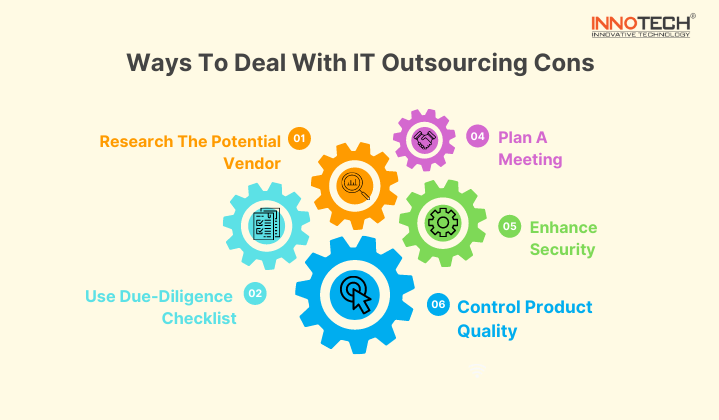Today, IT systems have become more and more complex. Enterprises can completely outsource IT outsourcing services such as network administration, database administration, and operation of IT systems… However, many people still have questions about IT outsourcing’s pros and cons. Let’s find out in the article below.
What Is IT Outsourcing?
Nowadays, IT outsourcing generally is defined as contracting with outside vendors to do various IT functions such as data entry, data center operations, application maintenance and development, disaster recovery, and network management and operations. Vendors may be individual IT professionals, consulting firms, employee leasing companies, full-service providers, and CPA firms.

Benefits Of IT Outsourcing?
What are the advantages and disadvantages of looking outside the company to manage and support IT? Below are several reasons for choosing outside vendors.
Access To State-Of-The-Art Technology
The volatility of information technology can quickly make IT skills obsolete. Software is updated and replaced very rapidly by the time an entity invests in and trains its full-time staff, the technology may no longer be state-of-the-art. Outsourcing specialists must be well trained and up-to-date to survive.
Cost Savings And Quality
Fierce competition has led many businesses to restructure and downsize staff to save money. As in the case of General Electric, even thriving companies do whatever possible to reduce staff and costs. Vendors may help save money because they:
- Have much tighter control of fringe benefits and run much leaner overhead structures.
- Use low-cost labor pools more aggressively and, with the help of modern telecommunications, can move data centers to low-cost areas
- Apply world-class standards to the company’s existing IT staff, all of whom have to requalify for an appointment at the time of outsourcing.
- Can employ more effective bulk purchasing and leasing arrangements for all hardware and software.
- Have better control over software licenses because they often are more informed negotiators.
- Must meet deadlines because of contractual pressures.
Linh Hoạt
Companies must be flexible enough to adapt to a business environment in constant flux, so their IT functions have to respond quickly to changing demands. Vendors often can tap a wide range of resources, skills, and capacities while internal IT staff may have limited capabilities.
Job Security For Regular Employees
Companies often hire outsourced staff with the understanding they’ll be employed for a limited time. Thus, they can more easily drop or add people to the workforce without jeopardizing the company’s reputation as a stable employer.
And more importantly, the use of outsourced workers buffers regular employees from fluctuations in demand and enables the company to establish a stronger relationship with its regular workforce than would otherwise be possible.

See more: OFFSHORE IT OUTSOURCING: FROM COST CUTTING TO GROWTH
Disadvantages Of IT Outsourcing
Even with all the great benefits, there are some downsides to consider when looking for an IT outsourcing vendor.
Less Control
First, one factor which often stymies investment in outsourcing is control loss. When using third-party services, and enterprise entrusts core services to a different staff body. Some are uncomfortable with the idea of a secondary business managing their security or essential functions, and, understandably, a secondary MSP will not manage tasks to the same standards as a company.
Lower Quality
Second, depending on the who and where of outsourcing, quality can be a factor. While some IT providers offer sound infrastructure with experienced staff, others may provide only less qualified individuals who can affect the quality of service. This varies based on the provider and what tasks are outsourced.
Communication
Third, a factor that should be considered, communication can suffer serious lapses depending on the provider. Long periods between inquiries and conversation are problematic, as the slower the outsourced response, the more services are affected. If for instance, companies are dealing with a security issue, fast communication is essential.
Security Risk
Just as security improves, it can also suffer from potential risks. This is because a company relies on a secondary party to handle its data, either in part or whole. If the said company doesn’t have the same safety standards or is compromised in some way, business owner information will suffer.
Traditionally, third parties will take appropriate means to shield the business owner’s information, but that’s not typical for all managed providers. For instance, if companies use a data center for BDR, what happens if the data center loses data from downtime or cybersecurity issues? In this scenario, risk has increased, instead of lessened.
Morale
In addition, IT outsourcing may impact business owners’ staff too, depending on the extent. No one wants to think their job is on the line, especially for essential services like cybersecurity and IT infrastructure.
Therefore, depending on how extensive a company has onboard third-party resources, morale is something to consider. Disheartened staff may work less or grow frustrated with their environment, resulting in quality loss and some cases, turnover.
Ways To Deal With IT Outsourcing Cons
Along with these typical negative effects of outsourcing described above, there are also some possible solutions for them.

Research The Potential Vendor
First off, check an IT outsourcing vendor’s website and pay attention to every detail should notice. The high positions in Search Engine Result Pages (SEPR) mean the company’s willingness to cooperate; the intuitive UI/UX and clear navigation may prove the focus on customer convenience.
Moreover, take into consideration the number of employees and years of experience: it’s better to trust a firm with at least one year of hands-on experience and enough employees to implement companies’ IT concepts.
Furthermore, businesses can check platforms like GoodFirms or Clutch to get acknowledged to the reviews of the vendor’s previous customers and draw their conclusion.
Use Due-Diligence Checklist
Useful questions to help CPAs determine if a vendor has the right resources and experience their companies or clients need.
- What is the vendors’ reputation? Are there any conflicts or problems? Will the vendors’ culture fit with the companies or clients?
- What is the vendors’ history? How long has it been in business? Have there been any unusual peaks or valleys? Has the vendor been in any significant/relevant disputes or litigations?
- Is the vendor financially secure? What is the vendors’ market share? Are there any pending or threatened claims that could affect the vendors’ financial standing? Has the vendor acquired or divested entities recently? Ask for a copy of the most recent financial statement or annual report.
- How is the vendor organized? By industry? By value of the contract? Is there one international outsourcing entity or is there a web of local entities that work together?
- How does the vendor handle resource distribution? Where are the vendor data centers? Where are the vendors’ employees located? Does the vendor have resources in the company’s or client’s city? What is the extent of these resources?
- Does the vendor have experience with the business owner’s current or future technology environment? Does the vendor have the capabilities to provide other services, such as reengineering? Ask for examples and references.
- Does the vendor have experience dealing with organizations in the company’s industry? Ask for examples and references.
- What are the vendors’ experiences transitioning employees? How many transitions has the vendor made? In what states/countries? Has the vendor ever been sued in connection with a transition?
- What is the vendor’s experience with implementing new systems?
Plan A Meeting With IT Outsourcing Firms
Companies can plan their meeting time. For example, Innotech staff arrange a meeting calendar and stick to it to stay in touch with the customers and have video calls in time suitable for our clients.
Regarding language problems, companies can discuss this question with the vendor representative or check it during the video call or face-to-face contact.
Enhance Security
Start with a Non-Disclosure Agreement (NDA) signing – it may help protect companies’ potential ideas and save their ownership rights untouched. Businesses can also discuss whether their built solutions comply with personal data protection legislation (e.g., GDPR, CCPA, etc.).
Finally ask them if they use data encryption algorithms, user privacy policies, private information storage, and other methods to protect the entrusted IT concepts.
Control Product Quality
To avoid this issue the lack of control issue, companies should monitor the development process of the outsourcing team and establish frequent checks of the accomplished work scope. Companies need to keep in mind that IT outsourcing vendors can help build perfect software concerning their business needs. But they should also be interested in this process.
Further reading: TOP 9 SIGNIFICANT IT OUTSOURCING TRENDS TO KEEP UP WITHIN 2022
The Bottom Line
IT Outsourcing is a serious business choice. A complex project realization needs to weigh all the pros and cons of outsourcing collaboration before entrusting it to an IT partner.
Innotech is one of the leading firms in IT outsourcing in Vietnam. With 14+ years of experience, we’ve been assisting startups and organizations of all kinds with software solutions. We improve workflow efficiency, address business issues, and aid in acquiring competitive strategy with cutting-edge tech stacks.
We are ready for long-lasting and practical cooperation with you. So let’s contact our team of experts if you have any queries or concerns about outsourcing. We’ll be more than pleased to assist you!



